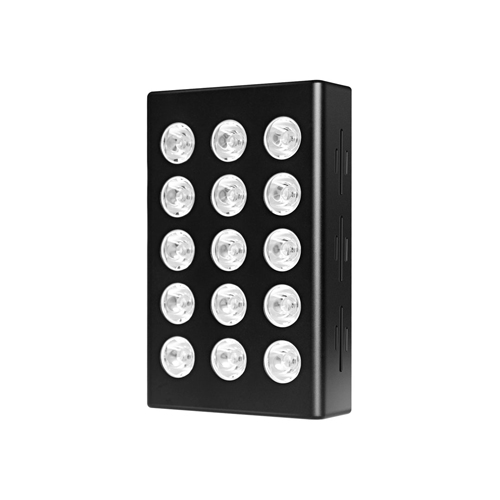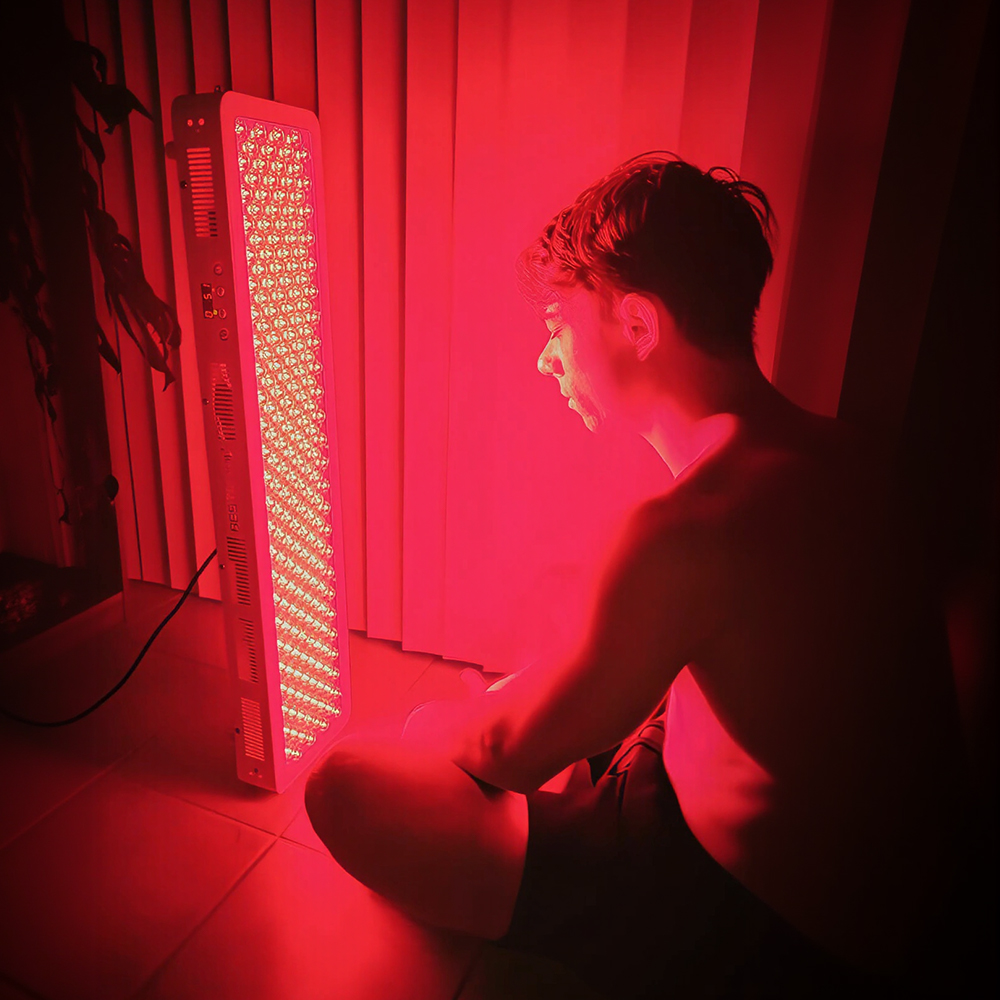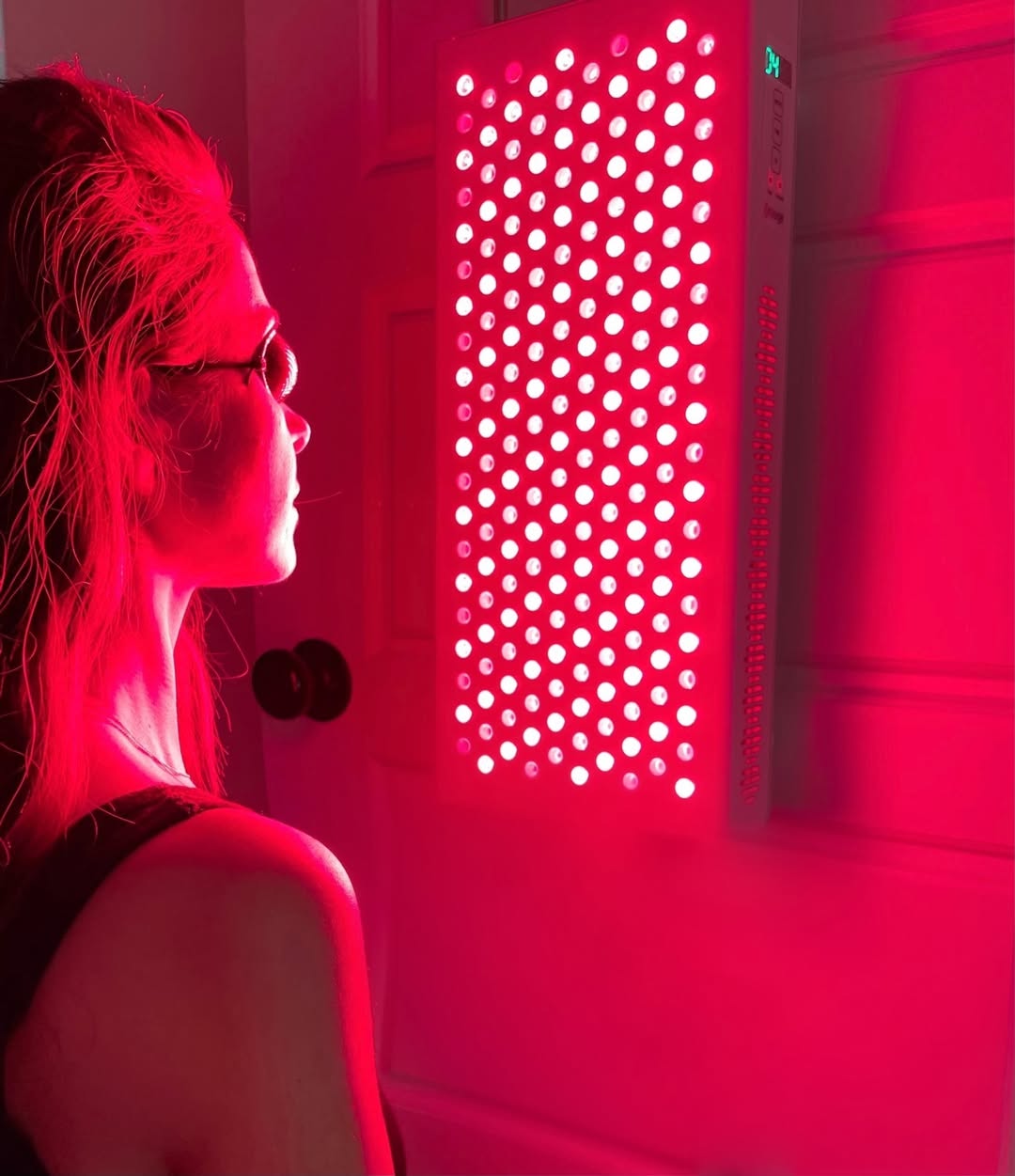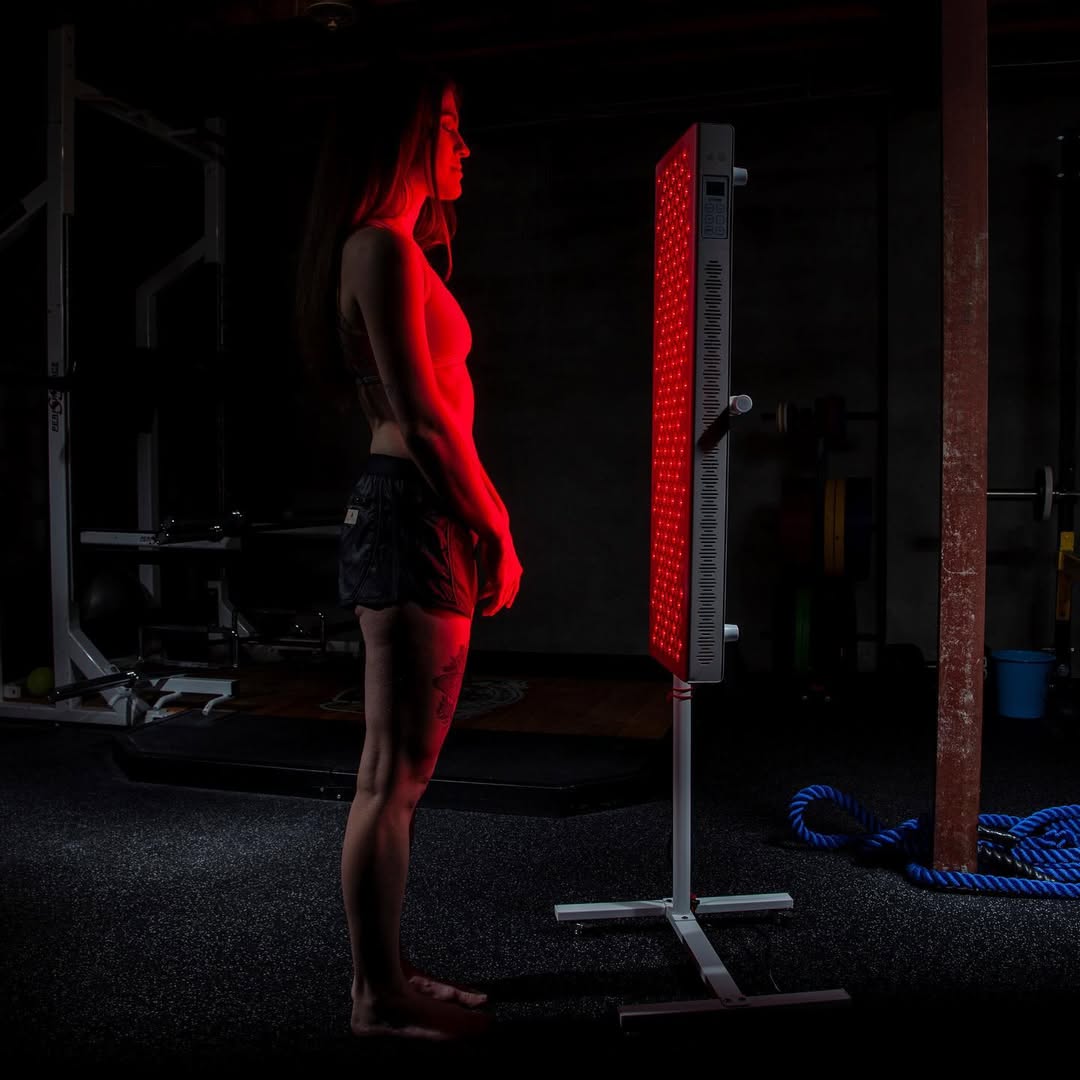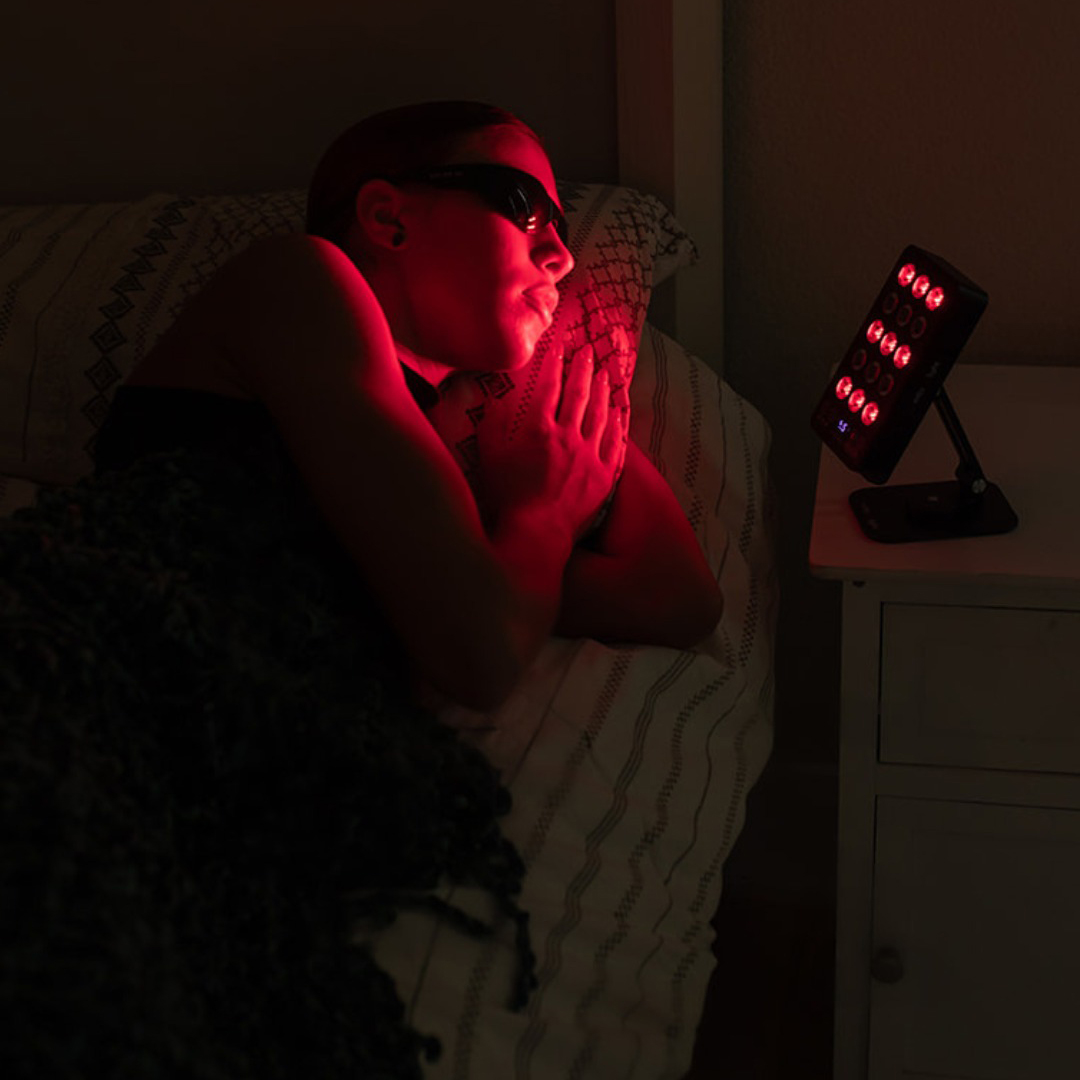![]() Free Shipping
Free Shipping ![]() Buy Now, Pay Later
Buy Now, Pay Later ![]() Eligible
Eligible
Red Light and Oral Health
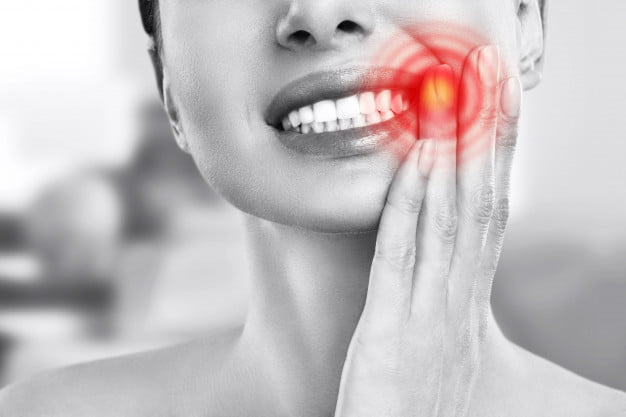
Oral light therapy, in the form of low level lasers and LEDs, has been used in dentistry for decades now. As one of the most well studied branches of oral health, a quick search online (as of 2016) finds thousands of studies from countries all over the world[1] with hundreds more every year.
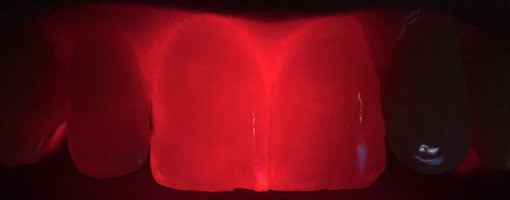
The quality of the studies in this field vary, from preliminary trials to double blind placebo-controlled studies. Despite this breadth of scientific research and the widespread clinical use, at-home light therapy for oral issues is not yet pervasive, for a variety of reasons. Should people start doing oral light therapy at home?
Teeth conditions that benefit
Studies look at various oral issues, including but not limited to:
- Sensitive teeth (dentin hypersensitivity)[8-12]
- Tooth[1-7] & bone damage[18-24]
- Bacteria counts (tooth decay causing bacteria)[13-17]
- Oral thrush/candidiasis[14, 36, 42]
- Orthodontic teeth movement[28-33]
- Gum inflammation & oral wounds in soft tissue[25-27]
- Recovery from surgery (gums and jaw bones)[19, 24, 25, 29]
- Ulcers, cold sores, tonsillitis, other viral/bacterial infections[5, 14, 27, 36-38]
Less than 10% of the studies show neutral or negative effects, although on critical inspection many of these use questionable doses and non-standard parameters [35].
Oral hygiene: is red light therapy comparable with toothbrushing?
One of the more surprising findings from examining the literature is that light therapy at specific wavelengths reduces oral bacteria counts and biofilms. In some, but not all, cases to a greater extent than regular tooth-brushing/mouthwash [13,14].
The studies done in this area are generally focused on the bacteria most commonly implicated in tooth decay / cavities (Streptococci, Lactobacilli)[14-15] and tooth infections (enterococci – a species of bacteria linked to abscesses, root canal infections and others)[16-17]. Red light (or infrared, 600-1000nm range) even seems to help with white or coated tongue problems, which can be caused by several things including yeast[42] and bacteria.
While the bacterial studies in this area are still preliminary, the evidence is interesting. Studies in other areas of the body also point to this function of red light in preventing infections. Is it time to add red light therapy to your oral hygiene routine?
Tooth sensitivity: can red light help?
Having a sensitive tooth is stressful and directly reduces quality of life – the afflicted person is no longer able to enjoy things like ice cream & coffee. Even just breathing through the mouth can cause pain. Most people afflicted have cold sensitivity, but a minority have hot sensitivity which is usually more serious.
There are dozens of studies on treating sensitive teeth (a.k.a. dentin hypersensitivity) with red and infrared light, with interesting results[8-12]. The reason researchers were originally interested in this is because unlike the enamel layer of teeth, the dentin layer actually regenerates throughout life via a process called dentinogenesis. Some believe that red light has potential to improve both the speed and effectiveness of this process, working to improve metabolism in odontoblasts – the cells in teeth responsible for dentinogenesis.
Assuming there is no filling or foreign object that may block or hamper dentin production, red light treatment is something interesting to look into in your battle with sensitive teeth.
Red Light Mini
THE #1 HANDHELD RED LIGHT DEVICE
Toothache: red light comparable to regular painkillers?
Red light therapy is well studied for pain problems. This is true for teeth, just as much as anywhere else in the body. In fact, dentists use low level lasers in clinics for this exact purpose[26].
The proponents claim that the light doesn’t just help with the symptoms of pain[31, 39], saying that it actually helps on various levels to treat the cause (as already mentioned – potentially killing bacteria & rebuilding teeth, etc.).
Dental Braces: oral light therapy useful?
The vast majority of total studies in the oral light therapy field focus on orthodontics. It’s no surprise that researchers are interested in this, because there is evidence that tooth movement speed in people with braces can potentially increase when red light is applied[28-30, 32-33]. This means that by using an appropriate light therapy device, you might be able to get rid of your braces much sooner and get back to enjoying food and life.
As mentioned above, red light from an appropriate device might help to reduce pain, which is the most significant and common side effect of orthodontic treatment. Pretty much everyone who wears braces has moderate to severe pain in their mouth, on an almost daily basis. This can negatively affect which foods they are prepared to eat and can cause dependance on traditional painkillers such as ibuprofen and paracetamol. Light therapy is an interesting and not commonly thought of idea to potentially help with the pain from braces[31].


